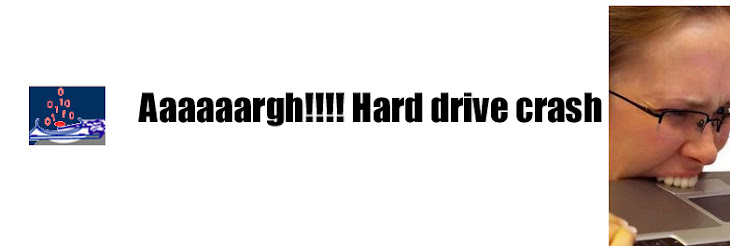RAID is an acronym for Redundant Array of Independent Disks. It uses multiple disks although they are treated as a single disk by the operating system. The two basic processes that are used by your RAID are data division and data replication.
One thing that you have to know about your RAID is that if one of the drives in it fails, it would require that different recovery solutions be used for the different arrays. This all depends on the nature of failure of the RAID i.e. the failure can either be logical or physical. One technique that is used is striping. Striping is a process where files are spread over multiple disks on the RAID. Another technique that is also used is fault tolerance. This is an engineering design technique that enables RAID systems to continue operating, mostly at a less pace than the usual, so that it can avoid complete failure in case a certain system component or the whole system fails. It has been found out by data recovery experts that if the RAID fails, all the data in the RAID array is lost. This eventually means that each drive will have to go through a RAID data recovery.
One of the ways of fault tolerance is Disk Mirroring. This technique involves writing of data simultaneously to 2 duplicate disks to ensure data safety. This implies that if one hard drive fails, the system can quickly switch to the other hard drive without loss of data. This is mainly used in database servers and online database systems.
The other way fault tolerance is carried out is through Disk Duplexing. This involves writing data on 2 separate disks within the same RAID array. The basic concept has been borrowed from the mirroring technique and offers a higher data safety because each hard drive in the RAID array connected to its own controller.
More on RAID recovery here
Call +254 725 050728 for affordable data recovery
Subscribe to:
Post Comments (Atom)

No comments:
Post a Comment